In the annals of human history, extinction has always been a one-way street—a final, irreversible fate for countless species that once roamed the Earth. However, the recent announcement by Colossal Biosciences has sent ripples through the scientific community and beyond, as it claims to have successfully brought back the dire wolf, a species that vanished from our planet some 12,500 years ago. This remarkable feat, achieved through a combination of ancient DNA, cloning, and gene-editing technologies, marks a monumental leap forward in the field of de-extinction and raises profound questions about the future of biodiversity and conservation.
The dire wolf, scientifically known as Aenocyon dirus, was a formidable predator that once dominated the landscapes of North America. Larger than its modern-day cousin, the gray wolf, the dire wolf possessed a slightly wider head, thick fur, and a powerful jaw, making it a fearsome and efficient hunter. Its legacy has been immortalized in popular culture, most notably through its depiction in the HBO TV series "Game of Thrones." Now, thanks to the pioneering efforts of Colossal Biosciences, this ancient beast has been resurrected in the form of three healthy pups, effectively creating a hybrid species that closely resembles its extinct ancestor.
The journey to de-extinction began with the extraction of ancient DNA from two dire wolf fossils—a 13,000-year-old tooth and a 72,000-year-old skull. These genetic blueprints provided the foundation upon which Colossal's scientists built their groundbreaking work. By comparing the genomes of the dire wolf with those of living canids such as wolves, jackals, and foxes, the team was able to identify specific genetic variants that defined the dire wolf's unique traits. This meticulous process revealed that dire wolves and gray wolves share 99.5% of their DNA, a striking similarity that laid the groundwork for the next phase of the project.
Using CRISPR technology, a revolutionary gene-editing tool, Colossal's scientists made 20 precise edits in 14 genes within gray wolf cells. These edits were carefully selected to introduce traits characteristic of the dire wolf, such as white coats and longer, thicker fur. The edited cells were then cloned and transferred into donor eggs from domestic dogs, which served as surrogate mothers. After a series of successful transfers, the first two male dire wolf pups were born on October 1, 2024, followed by a female pup on January 30, 2025.
The birth of these pups represents more than just a scientific achievement; it symbolizes a new era in our relationship with the natural world. The dire wolf pups, currently living in a 2,000-acre facility enclosed by 10-foot-tall "zoo-grade" fencing, are closely monitored by security personnel, drones, and live camera feeds. This state-of-the-art facility, certified by the American Humane Society and registered with the US Department of Agriculture, ensures the well-being of the pups while providing a controlled environment for further study.
The implications of this breakthrough extend far beyond the dire wolf. Colossal Biosciences has set its sights on resurrecting other extinct species, including the mammoth, dodo, and Tasmanian tiger. The success of the dire wolf project serves as a powerful testament to the potential of de-extinction technologies and their ability to bring back species that were once lost to time. However, the ethical and ecological considerations surrounding de-extinction cannot be ignored.
One of the most pressing concerns is the potential impact on existing ecosystems. The dire wolf, like many extinct species, lived in an environment that no longer exists. Introducing these genetically engineered animals into modern ecosystems could have unforeseen consequences, disrupting delicate balances and potentially harming native species. Critics argue that the vast amounts of money invested in de-extinction projects would be better spent on conserving and protecting the species that are still with us.
Despite these concerns, Colossal Biosciences is optimistic about the potential benefits of their work. The technologies developed during the dire wolf project have already been applied to help endangered species. Colossal has successfully cloned two litters of red wolves, the most critically endangered wolf species, using a less invasive cloning approach. By introducing genetic diversity into these populations, the company hopes to enhance their robustness and adaptability, ultimately aiding in their recovery.
The debate over the authenticity of the resurrected dire wolf is likely to continue. While the pups are not genetically identical to their ancient counterparts, they possess the key traits that define the dire wolf phenotype. This "functional essence" is what Colossal's scientists aimed to achieve, and their success in doing so is a testament to the power of modern technology. The dire wolf pups are not just a scientific curiosity; they are a living, breathing embodiment of our ability to rewrite the course of extinction.
As the dire wolf pups grow and develop, they will provide invaluable insights into the behavior and ecology of their extinct ancestors. Their presence offers a unique opportunity to study the effects of de-extinction on both the animals themselves and the environments they inhabit. While the future of these hybrid creatures remains uncertain, their existence challenges us to rethink our understanding of biodiversity and our role in preserving it.
The resurrection of the dire wolf by Colossal Biosciences marks a pivotal moment in the history of de-extinction. It is a testament to human ingenuity and the boundless possibilities of scientific innovation. As we stand on the brink of a new era, where extinct species may once again walk the Earth, we must carefully consider the ethical, ecological, and philosophical implications of our actions. The dire wolf, now reborn, serves as a powerful reminder of the delicate balance between progress and preservation, and the responsibility we hold in shaping the future of our planet.
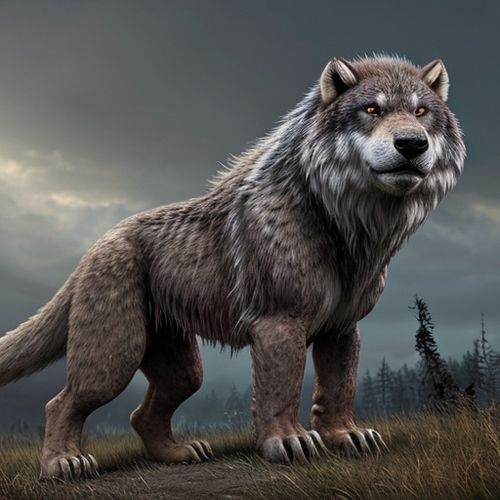
By Olivia Reed/Apr 14, 2025

By Sophia Lewis/Apr 14, 2025
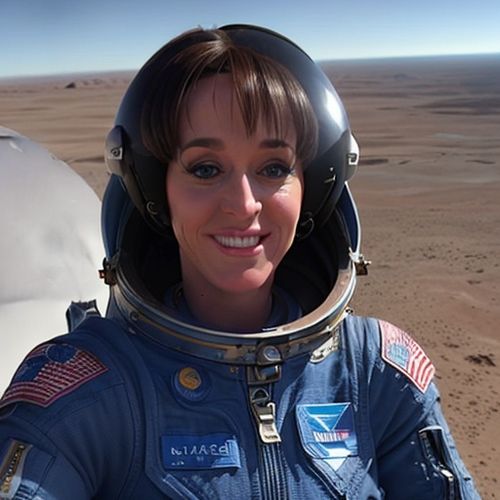
By Noah Bell/Apr 14, 2025
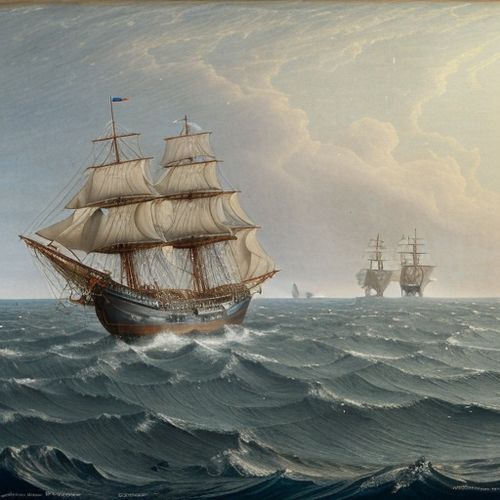
By Eric Ward/Apr 14, 2025
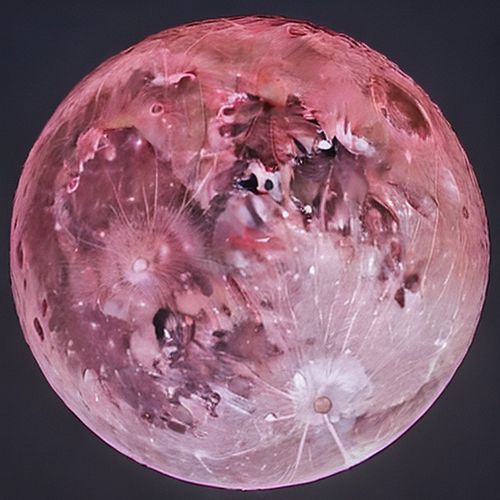
By Sophia Lewis/Apr 14, 2025

By Sarah Davis/Apr 14, 2025
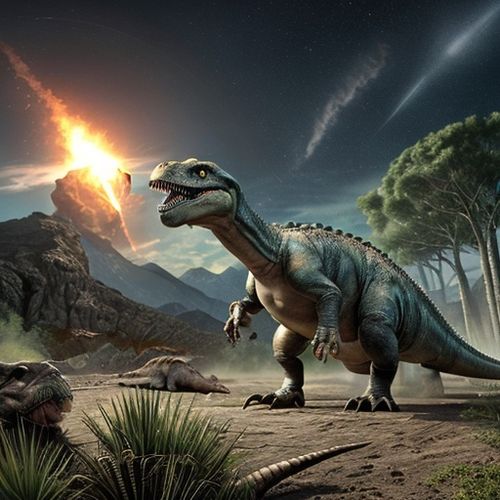
By William Miller/Apr 14, 2025

By James Moore/Apr 14, 2025
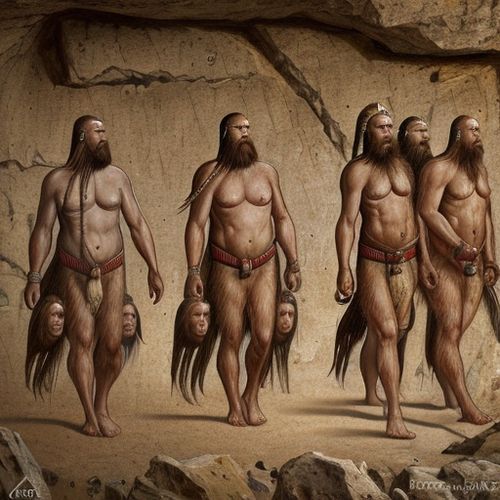
By Eric Ward/Apr 14, 2025

By Grace Cox/Apr 14, 2025

By Rebecca Stewart/Apr 10, 2025

By Grace Cox/Apr 10, 2025

By Thomas Roberts/Apr 10, 2025

By James Moore/Apr 10, 2025

By Laura Wilson/Apr 10, 2025

By John Smith/Apr 10, 2025

By James Moore/Apr 10, 2025

By Olivia Reed/Apr 10, 2025

By Eric Ward/Apr 10, 2025